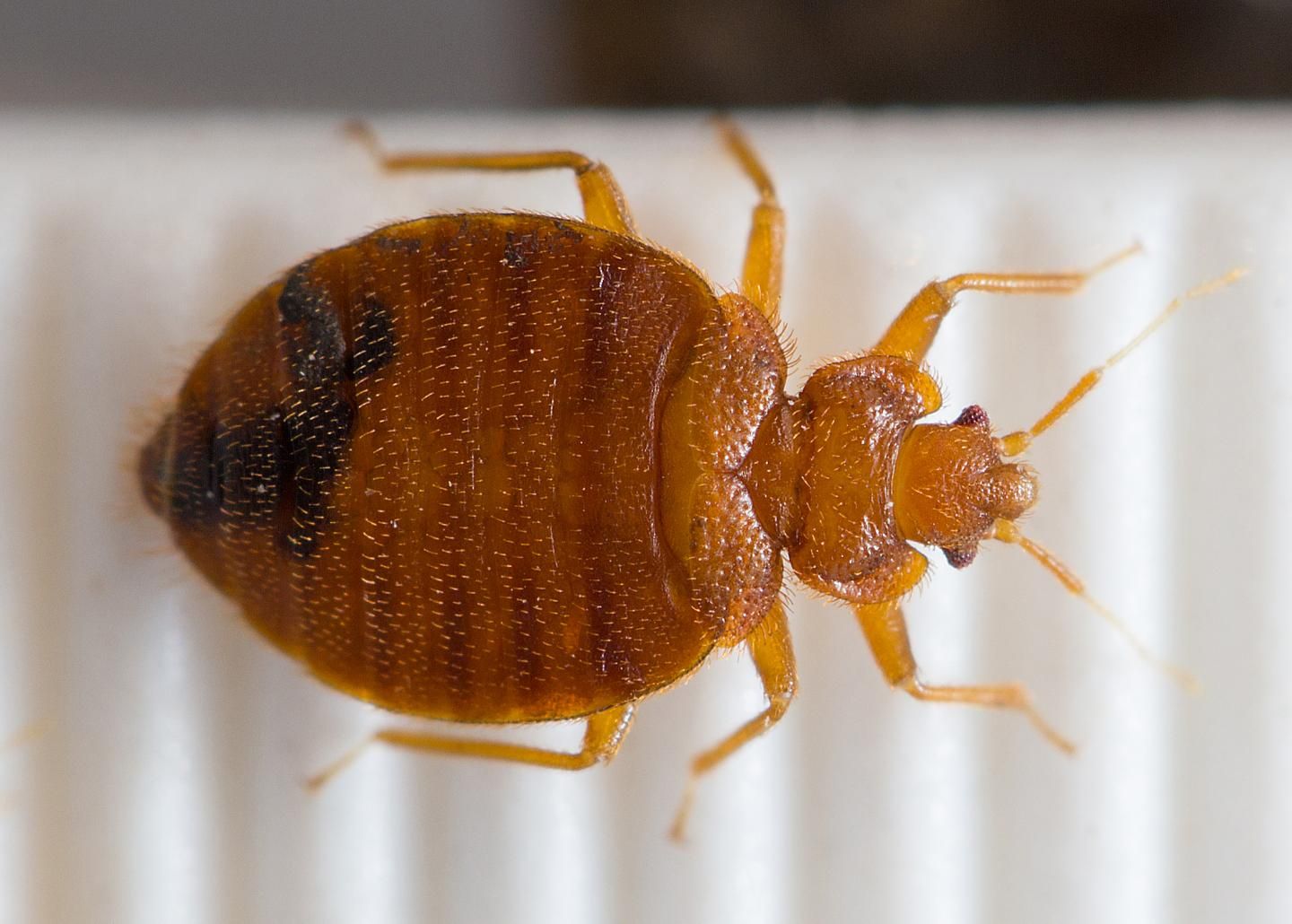
In the last few decades, bed bugs have re-established themselves as a persistent nuisance and a disgusting presence in our homes. They creep most everyone out, eat us for breakfast, lunch and dinner, and through some sort of bug alchemy, manage to escape the toxic effects of pesticides and live for years until their next blood meal. In the battle of us versus them, we've harnessed technology such as vacuum cleaners, washing machines and clothes dryers. Thankfully, we also now have something more sophisticated to address our long-term goal of making bed bugs disappear permanently: genetic sequencing.
For the first time, scientists have been able to sequence the genome of the common bed bug and it explains a lot about these curious creatures. The two papers with their complete findings were published Tuesday in Nature Communications. The effort is part of long-term pilot project called i5K, an ambitious task to sequence the genomes of 5,000 species of arthropods.
Jack Werren, an evolutionary geneticist and professor of biology at the University of Rochester and a member of the research team, says the idea of the project is "to promote the understanding of insect."
"In the future, we can identify genes that are unique to an organism," he says. "Then by targeting those genes, we can have a highly specialized pesticide."
According to Werren, bed bugs are a good species to start with because while they're abhorred by most people, many of their unique features have long been a fascination for scientists. One of the more curious findings about bed bugs is their relationship with a certain genus of bacteria known as Wolbachia that has resulted in a lateral gene transfer—meaning certain gene sequences from the bacteria's are now actually part of bed bug DNA.
"Wolbachia are a really interesting type of bacteria in their own right; 60 to 70 percent of insects have this type of bacteria. It resides in the eggs and gets passed on from one generation to the next." In their analysis, the researchers found Wolbachia serves a specific purpose for bed bug survival: It provides the bugs with vitamin B complex, something they don't get through their regular meal of human blood.
The researchers also think they've figured out why it's become so difficult to kill bed bugs. The gene sequencing revealed that the bugs encode enzymes and other proteins that either break down toxic chemicals so they are no longer lethal, or prevents them from penetrating the bug's tough exoskeleton. The new genome analysis also explains why humans don't feel it when a bed bug bites. The bloodsuckers produce certain proteins that act as anesthesia and anticoagulants.
Another recent study has suggested that certain mutated genes passed down for generations has caused resistance to a number of insecticides—most recently neonicotinoids, a neurotoxin that's used in conjunction with other chemicals. The bugs avoid the deadly effects of these chemicals by producing what's known as a "detoxifying enzymes," which allow them to metabolize the chemical and still survive.
The new genome analysis also found that bed bugs have done a lot of inbreeding, which means that many of the genes that allow them to soldier on despite exposure to harsh chemicals are easily passed on from one generation to the next.
And speaking of bed bug sex: The analysis also explains how exactly females survive the trauma of their violent mating practices, which has long been a source of fascination for entomologists as well as actress Isabella Rossellini, who made a short film about how these critters violently copulate.
Males, when they're ready to reproduce—which is pretty much all the time—will inject a sharp, curved appendage into the female bed bug's abdomen, which is V-shaped and called the spermalege. Scientists have always assumed that this violent process is very painful but it turns out that it may be not be so bad, because female bed bugs have genes responsible for producing certain proteins that alleviates some of the trauma of mating. So the bugs can make their way to your warm bed for their next meal and keep on reproducing, happily for them and not so much for you.
Uncommon Knowledge
Newsweek is committed to challenging conventional wisdom and finding connections in the search for common ground.
Newsweek is committed to challenging conventional wisdom and finding connections in the search for common ground.
About the writer
Jessica Firger is a staff writer at Newsweek, where she covers all things health. She previously worked as a health editor ... Read more
To read how Newsweek uses AI as a newsroom tool, Click here.








